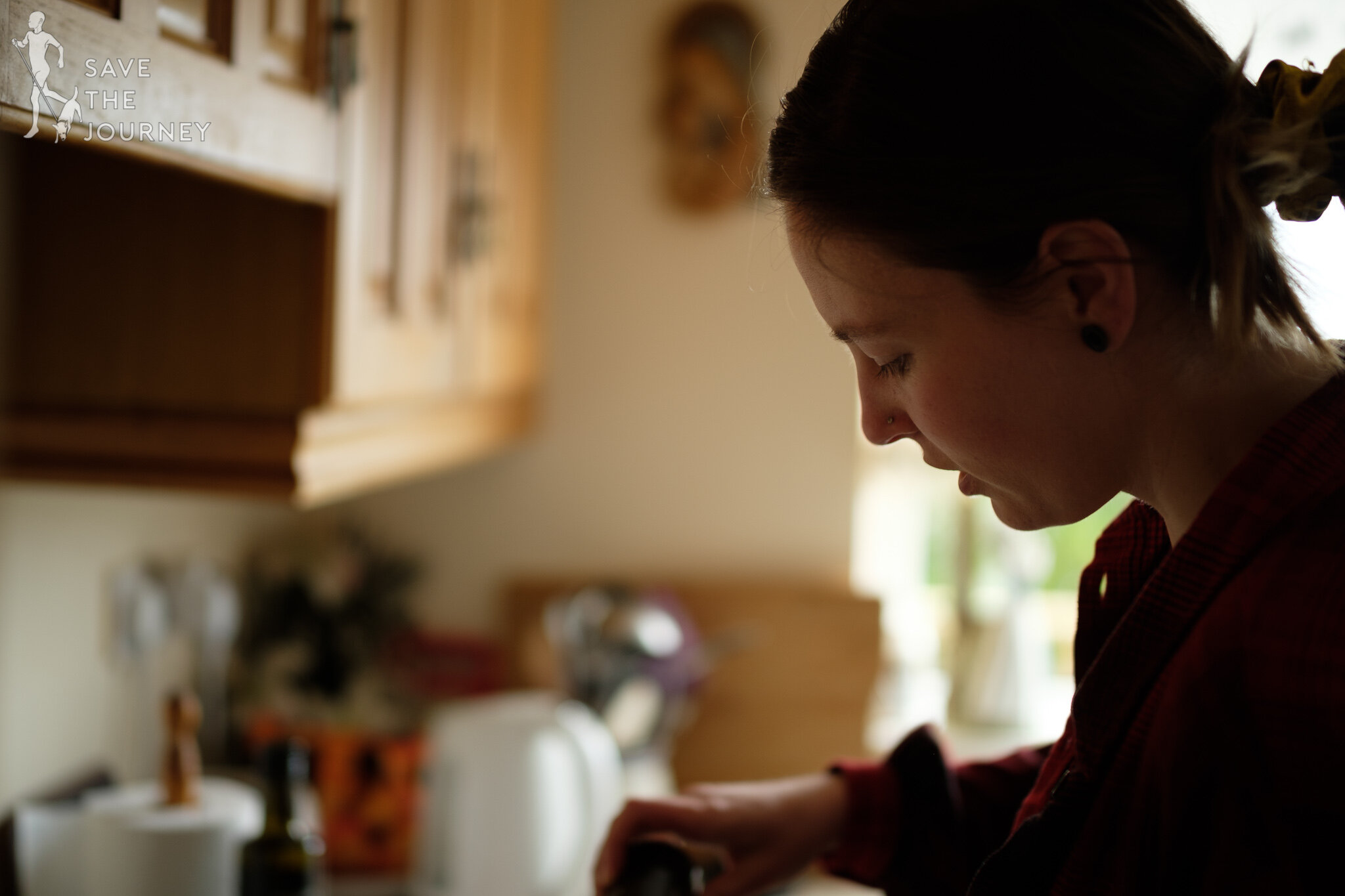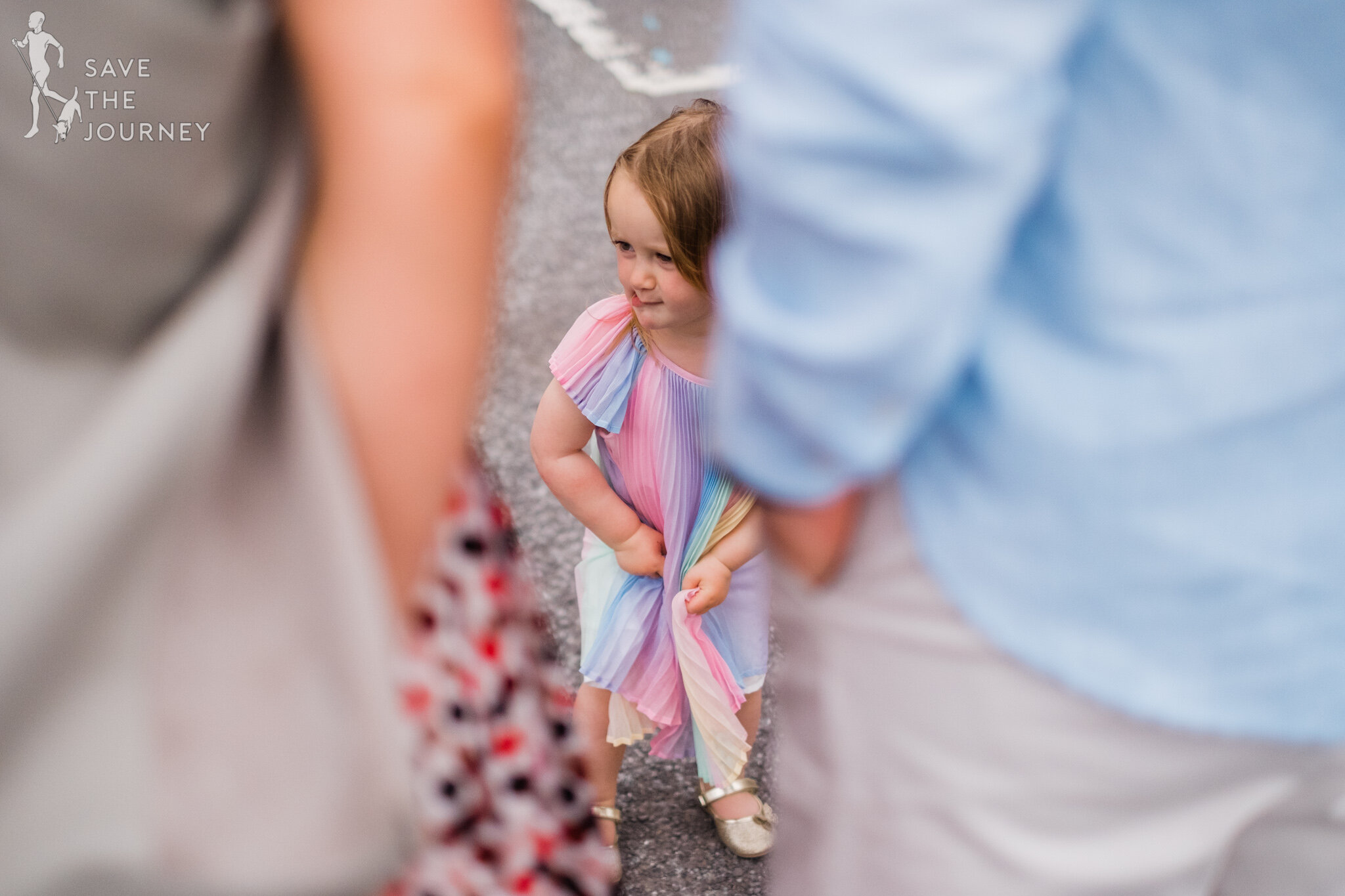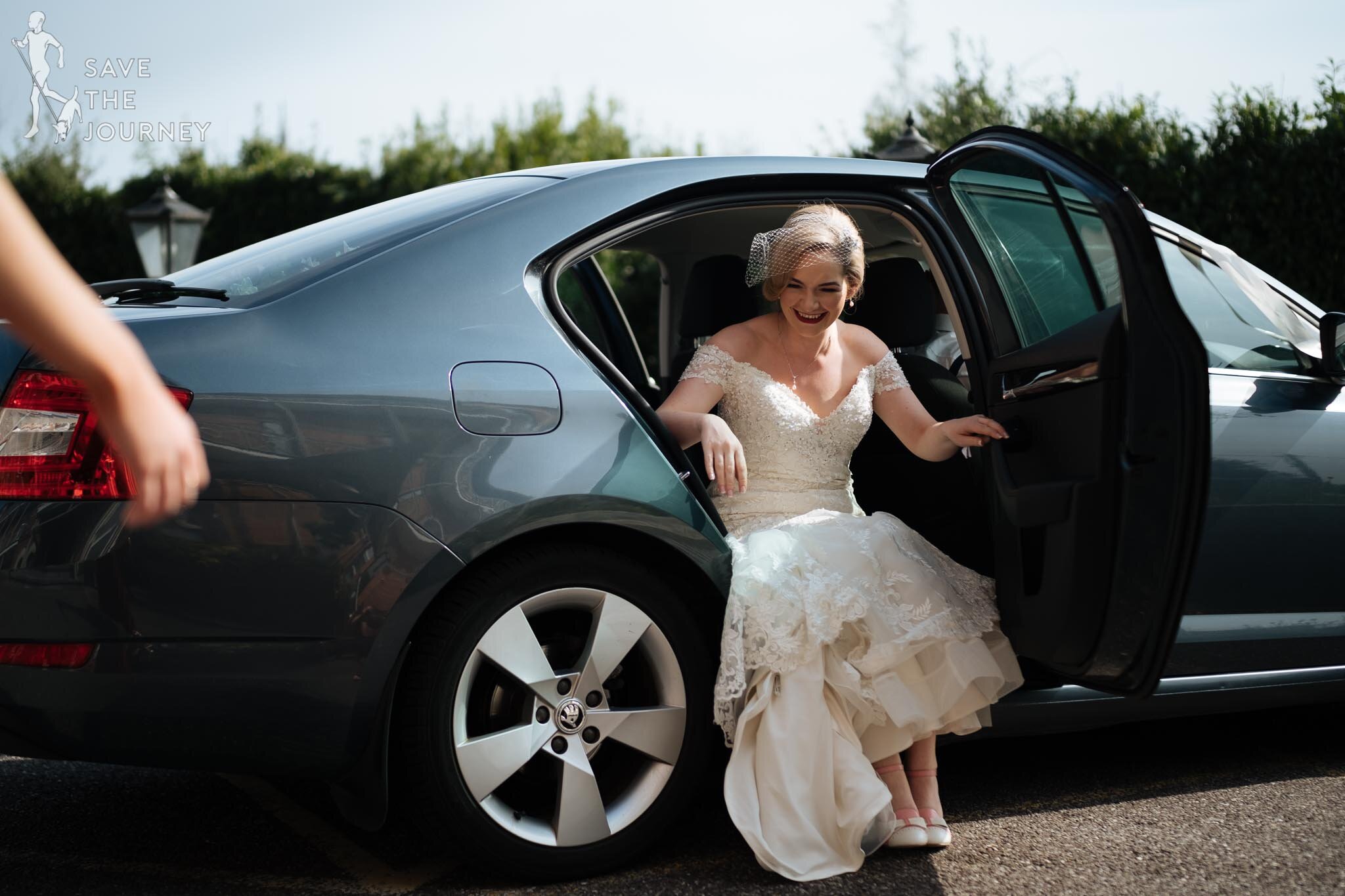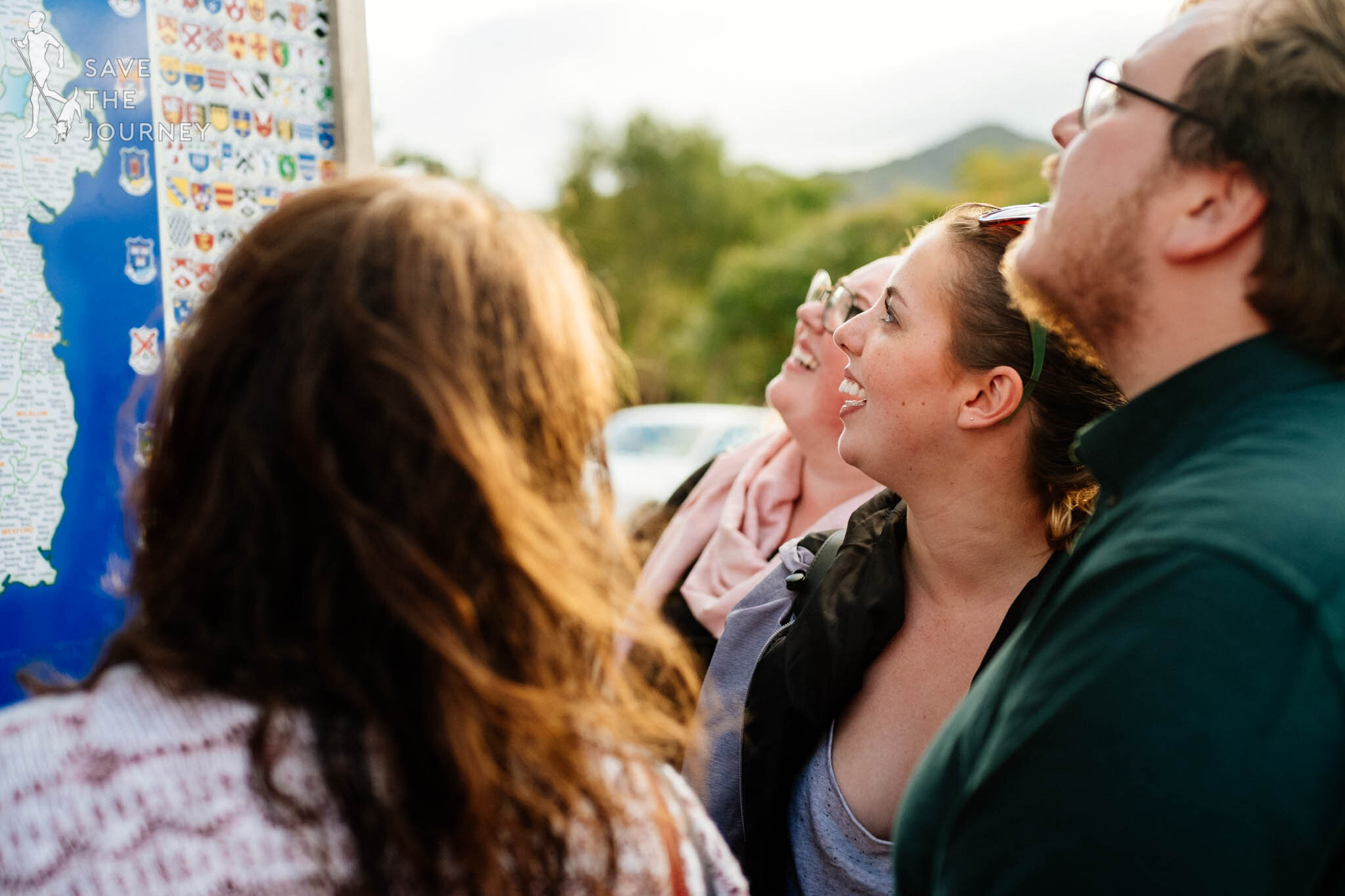I keep yapping on and on about how great Samyang lenses are. My favourite lens of all time is the Samyang 21mm f1.4, and just recently I wrote a review on how good the Samyang 35mm f1.2 is. An incredibly underrated lens! I get it that a lot of potential users are discouraged of using a manual focus lens, but when a lens is this good, it’s worth revisiting.
Since the last review, I have bought and used the Fujifilm 35mm f1.4 and thought it would be interesting to compare the two lenses! They might be the same focal length and one might have autofocus while the other one doesn’t, but even I was surprised how different the images from these two lenses were. And surprisingly, the field of view doesn’t match up between these two lenses!
The following photos have been adjusted to have the same daylight white balance and the same film simulation, which in this case is Provia.
The first photo is the Fuji, second one is the Samyang (click to enlarge):
This shot indicates two things nicely; the difference in bokeh and the different colours these lenses produce. Both lenses were shot wide open, so either f1.4 or f1.2. I thought it would only be fair to do so, as you wouldn’t stop down the Samyang to 1.4 usually during a shoot. It’s either wide open or f2.8 or smaller.
Immediately, you can see in the yellow bush in the middle that the Samyang has much smoother bokeh, without appearing too clinical. With it being an f1.2 aperture, it is also blurred a little more than the Fujifilm. The latter has more defined edges to its bokeh.
Regarding colour, the greens with the Fujifilm are colder looking, the whole image is colder actually. A definite blue tint to it all. The Samyang has a much warmer, friendlier tone. The image looks way sunnier in comparison.
Interestingly, I set both photos to the standard ‘Daylight’ setting within Lightroom. That sets it to 5500K and +10 on the green/magenta scale. However when I changed the white balance of the Fujifilm to 5700k, keeping the secondary slider at +10, and changed the white balance on the Samyang photo to 5500k and +21, the two become much more similar than initially anticipated. I honestly didn’t think I could make them look so similar!
Again, first one is the Fuji, second one is the Samyang:
There’s still a definite difference in colour but the results have become much closer.
Next, we have some close ups of the centre glass. The left one is the Fuji, the right one is the Samyang:
The obvious remark here, is that the Samyang has absolutely no purple fringing. Besides that though, you can see how much better the Samyang is in sharpness and micro-contrast. There’s quite an obvious difference between the two!
Well, let’s have a look in the corners and zoom in on the left jar. Again, the left one is the Fuji, the right one is the Samyang:
Oh dear! Now we even have some hazing from the Fujifilm!
Ok, let’s look at another sample. First one is the Fuji, second one is the Samyang:
I really prefer the rendering of the Samyang in this as well. The bokeh is just so much creamier, especially when you have a look at the kettle and spatula or whatever metal utensils they are in the centre of the image. Or looking at the vertical lines on the cupboard above them, the Samyang manages to smooth them out better than the Fujifilm.
The colour difference is aparent again, this time the skin tones in the Fuji image look redder than the Samyang. The Samyang again, having a definite summer vibe to it.
Here are the photos again with the same white balance correction as above:
Again, they look quite similar, but I would still prefer the Samyang.
An obligatory close up. Again, Fuji is on top:
Conclusion
I wish that Samyang would make an autofocus version of this lens! Of all their APS-C mirrorless lenses actually. I don’t mind manual focusing and it’s not that difficult to do on a Fuji camera, but when I’m photographing events or weddings, it does drain my energy levels quicker than when I’m using an autofocus lens that works well. I still have moments though where I’ll just pop on a manual focus lens because the autofocus lens is distracting me too much. But I’m a little old school in that way of thinking and working. It’s all personal preference at the end of the day, but I just love the simplicity of manual focus lenses. And nothing annoys me more than having to swap autofocus modes or continuously having to switch the ‘Eye AF’ function on and off constantly because the camera is focusing on the wrong subject.
Is the Fujifilm 35mm 1.4 a bad lens? No, not at all. Is it as good as the entire internet seems to think? No, not at all.
Having said that, I’m not mad that I own it, or that it exists. I did for instance take these lovely family portraits with it. In this scenario, the autofocus really helped me keep my mind clear and allow me to focus on directing the family (see photos below). The autofocus actually helped me achieve these photos, which would probably have been quite difficult to do with the Samyang lens. Or I would have had to have stopped the lens down to f8 or f11 to have a massive depth of field and cross my fingers that everyone is in focus. I think the photos came out really great and I’m not left thinking, “If only I used another lens.”
It does remind me of some of the Zeiss lenses in that regard that the specs don’t always look great on paper or if you dissect the image, like I did above, but when you take a step back and look at the whole image, it does look great. But I believe this lens can be improved upon and look forward to what Fujifilm will deliver with their rumoured 33mm. Sigma also wants to bring out their 30mm f1.4 to the X-mount. I’d be very interested to see how they are, in terms of autofocus performance and image quality and look. And in the case of the Sigma, if they will finally make one in X-mount after all! It’s been such a long term rumour after all.
My pros and cons list:
Fujifilm 35mm f1.4
Positives:
+ Autofocus lens
+ Good image quality, not as good as the Samyang but good enough
+ Love or hate lens
+ Cool looking lens hood
+ Incredibly lightweight
Neutral:
ᵒ I’m not always that fond of the bokeh, can be a bit busy at times (since it’s very subjective, I’m not counting it as a negative)
Negatives:
- Lens hood comes off easily, as does the square, rubber lens cap
- Autofocus isn’t the best but good enough
Samyang 35mm f1.2
Positives:
+ Superb image quality, best 35mm lens for the Fujifilm X-mount (currently)
+ Great looking photos, super creamy bokeh
+ f1.2 aperture, great for low light and extra bokeh
+ Very affordable (can be found on the used market for just €200-250 in various mounts)
+ Pure manual nature of the lens means it will last you a lifetime and use less power, so your camera batteries last longer
+ Good size, balances nicely on cameras
+ Great quality lens hood
+ Personal preference, but I like that the aperture goes in ½ steps instead of ⅓’s
Neutral:
ᵒ Manual focus is either good or bad depending on the wants of the photographer, although manual focus is great if you’re doing video too
Negatives:
- Would prefer a metal body with etched numbers, instead of printed numbers
- Focus ring is a bit stiffer than I’d like
Let me know what you think of my findings! And check out my Samyang 21mm f1.4 review here, the Samyang 35mm f1.2 review here, and the Samyang 12mm f2.0 review here.
Sample Photos
Here are some of my favourite photos taken with each lens.










































